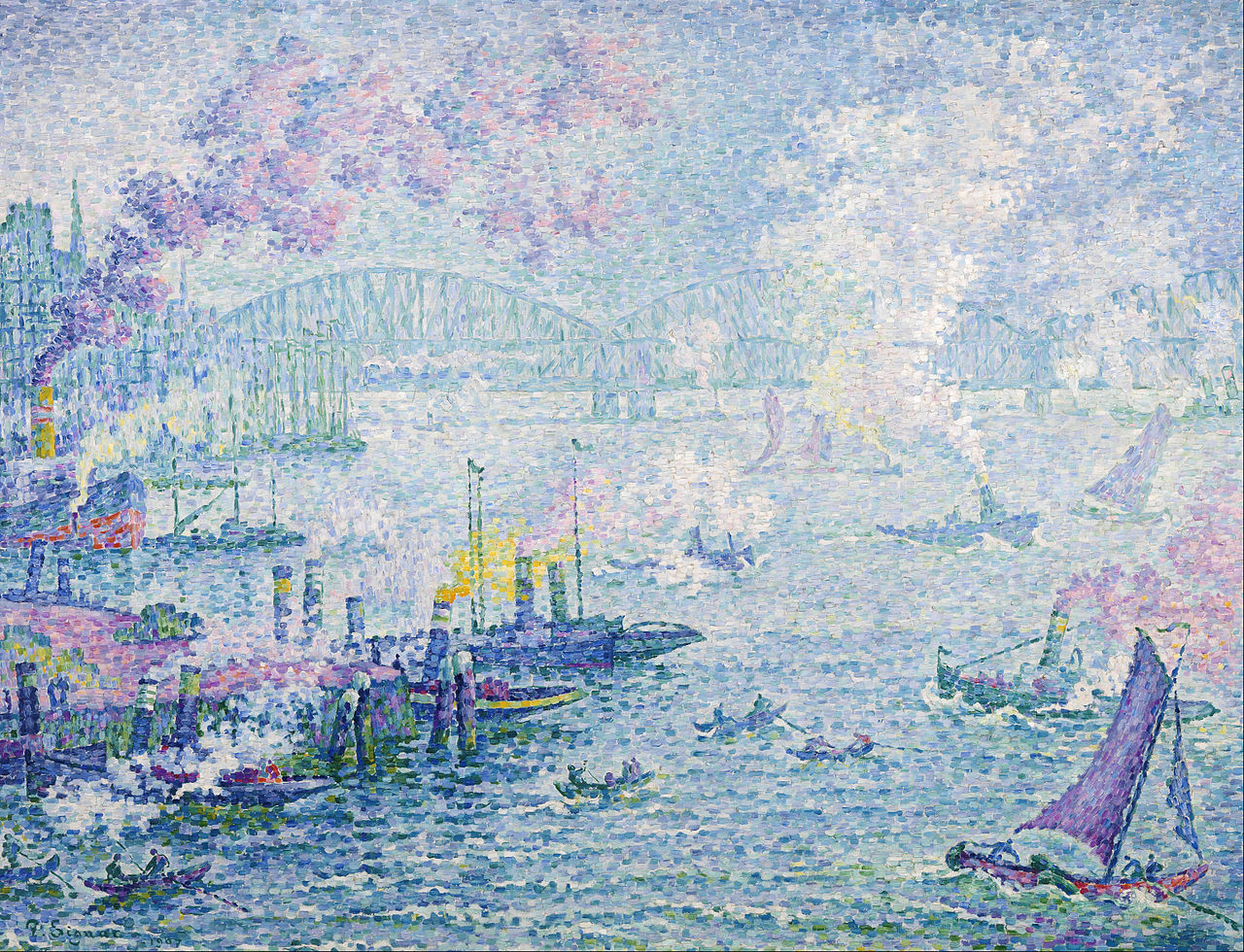
A gigapixel image is made of over one billion pixels, and can bring out details invisible to the naked eye. So creating digital images in such high resolution is a complex technical challenge. You need time, highly specialized and expensive equipment, and only a few people in the world can do the job. In the first five years of the Google Cultural Institute, we’ve been able to share about 200 gigapixel images. But we want to do much more. That’s why we developed the Art Camera. The Art Camera is a robotic camera, custom-built to create gigapixel images faster and more easily. A robotic system steers the camera automatically from detail to detail, taking hundreds of high resolution close-ups of the painting. To make sure the focus is right on each brush stroke, it’s equipped with a laser and a sonar that—much like a bat—uses high frequency sound to measure the distance of the artwork. Once each detail is captured, our software takes the thousands of close-up shots and, like a jigsaw, stitches the pieces together into one single image.
The Art Camera will dramatically increase the scale and depth at which museums are able to provide access to our shared cultural heritage to anyone around the world. For example, if you wanted to see Van Gogh’s six famous portraits of the Roulin family up close, you’d need to travel across the Netherlands then over to LA and New York. Now the Art Camera can travel for you. It’s already captured the Portrait of Armand Roulin, which you can explore alongside the rest of the family, all in one place.
